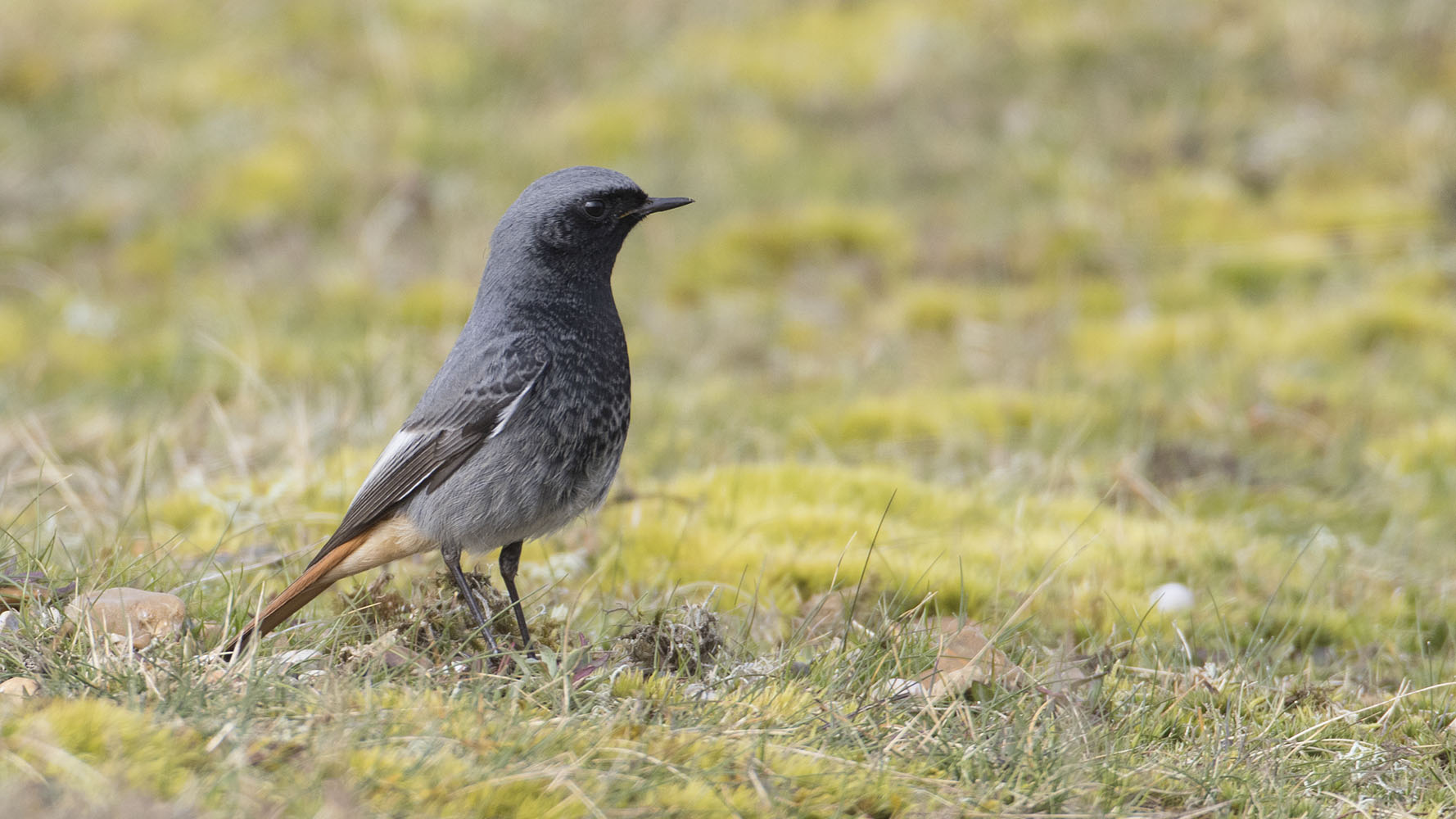
BirdTrack migration blog (mid January–mid February)
With everything from arctic blasts to torrential rain, this winter has certainly been a testing time for birds visiting Britain and Ireland.
Much like midsummer, midwinter can be relatively quiet for migration. The main driver of bird movements at this time of year is extreme cold weather, most notably sustained temperatures below freezing.
The cold snap in the lead-up to Christmas and the associated regular frosts were probably responsible for the increased reporting rate of many wader species, which were forced to move over large areas to find unfrozen ground for feeding.
Waders
This was the case for Lapwing, with some flocks also seen coming in off the North Sea. It’s highly likely that birds from the near-Continent were joining our wintering residents in these groups.
It is not surprising that reports of Golden Plover also increased at the same time; this species will often feed with Lapwing in mixed flocks, sometimes several hundred strong. Other species that saw increases in reports included both Common and Jack Snipe, Woodcock, and Curlew, all of which require soft ground to feed.
Gulls
Given the cold conditions, it was surprising how few ‘white-winged’ gulls were reported at the end of last year.
Numbers of both Iceland and Glaucous Gulls remained relatively low into the new year – that is, until this week, when a mass arrival of mainly Glaucous Gulls was noted past sites in Unst, Shetland. A count of more than 75 birds on 11 January must have been an impressive sight – let’s hope some of these appear further south in the coming days.
Geese
Reports of Tundra and Taiga Bean Goose have remained low, continuing the recent trend of fewer birds reaching our shores each winter. European White-fronted Geese have also been reported less often this winter. Could more birds be wintering in the Low Countries in mainland Europe, rather than crossing the North Sea to the UK and Ireland? This phenomenon is known as ‘short-stopping’; you can read more about it in the WeBS News article ‘Short-stopping’ Unwrapped (page 23).
Late winter has a history of turning up some noteworthy rarities, and this winter has been no exception.
Rarities
Late winter has a history of turning up some noteworthy rarities and this winter has been no exception. A White-winged Scoter in Mayo was a first for Ireland, whilst an unseasonable Little Swift was a surprise find in East Sussex on 2 January. Other rarities included a Black-browed Albatross in Cornwall, a Baikal Teal in Powys and a Greater Yellowlegs in Waterford.


Looking ahead
In the next few weeks, we’ll see migrant birds both arriving in and leaving the UK.
Common Gulls are, for many of us, just a winter visitor, and numbers will drop as they head north to breed; look out for flocks stopping off to feed on fields. This can be a good time of year to learn about the different plumages of gulls, because birds of different ages and species often sit together and you can compare them side by side.
Given the large numbers of Glaucous Gulls reported in Shetland over the last few days, any gull flocks are worth checking for one of these ‘brutes from the north’, as they are affectionately known. Juvenile birds – those which hatched last summer – are the most commonly reported in the UK. Their plumage is often described as being ‘rich tea biscuit’ in colour, which makes them stand out from the darker-plumaged young Herring and Lesser Black-backed Gulls. Keep a watch for Iceland Gulls, too, which are smaller and more elegant-looking than Glaucous Gulls, with comparatively longer wings and a shorter, thinner bill.
With a high-pressure system sitting to the south of the UK, southerly winds will push in and bring a rise in temperatures. Listen out for wintering Chiffchaffs, which will often burst into song on a warm winter’s day. Resident species such as Great Tit, Dunnock, and Treecreeper will be singing too as they start to establish a territory. Other early breeders include the crossbills, which even turn up well away from conifer plantations as they move around in search of pine crops, ready for the breeding season.
Auks such as Guillemot and Razorbill will start to gather at their breeding cliffs, as willFulmar – this species leaves its breeding cliffs for a short time over winter before returning early in the spring.
Whilst it is still a few weeks before the first summer migrants arrive, many will already have left their wintering grounds and started their migration, slowly making their way to the UK. However, some species can arrive in the UK as early as mid February. Stone-curlew, Wheatear, and Little Ringed Plover are amongst the first summer visitors to appear, and whilst numbers may be low, the sight of the first returning summer migrants is always welcome.
The sight and sound of the first returning summer migrants is always welcome.
Assuming the weather is not too cold, other species to look out for from early February include Black Redstart, Firecrest, and Woodlark. Woodlark will sing from the top of a tree or in a soaring song flight on the sunniest of late winter days, and their song is a lovely soft mix of downward melodic notes.
Birds are still moving around in search of food, particularly during cold weather. When they exhaust a supply in one area they will move off in search of new feeding areas, with some even flying across the North Sea from mainland Europe.
These movements can see the occasional rare or scarce species turn up in the UK and Ireland, such as Dark-eyed Junco, American Coot, Oriental Turtle Dove, or Penduline Tit – so keep your eyes peeled! And of course, don’t forget to send us your birdwatching findings through BirdTrack. Whether it’s a Blackbird or a Brambling, each record contributes to our understanding of bird movements and distributions throughout the year.
Add your records to BirdTrack
As we look forward to spring, your records give us valuable information about bird migration.
Adding your records to BirdTrack is quick and easy - sign up today.
Find out more


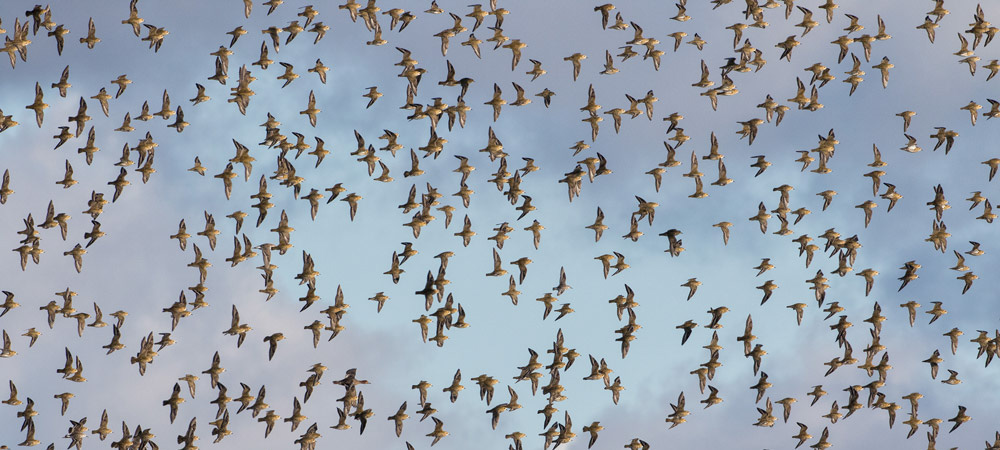
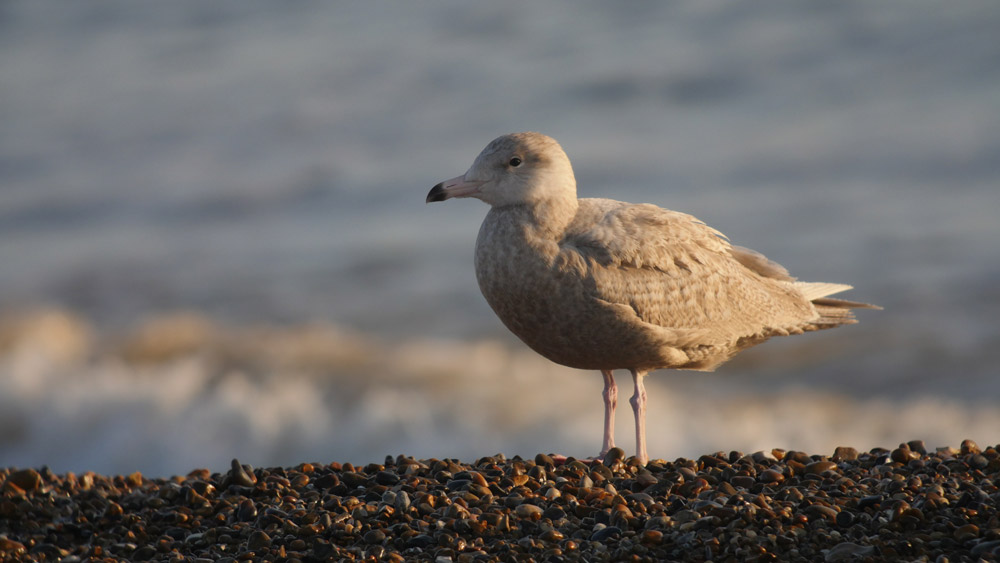
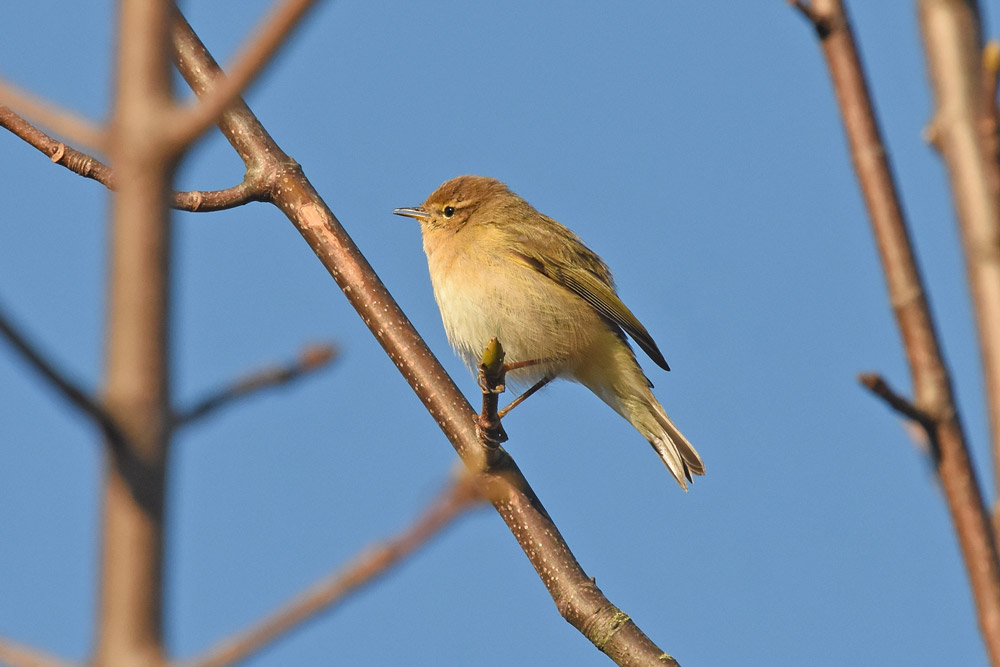

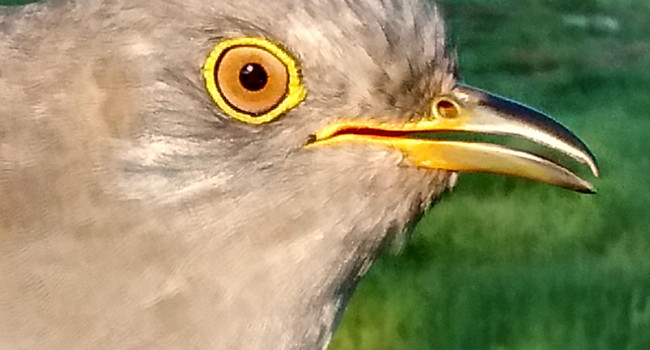


Share this page